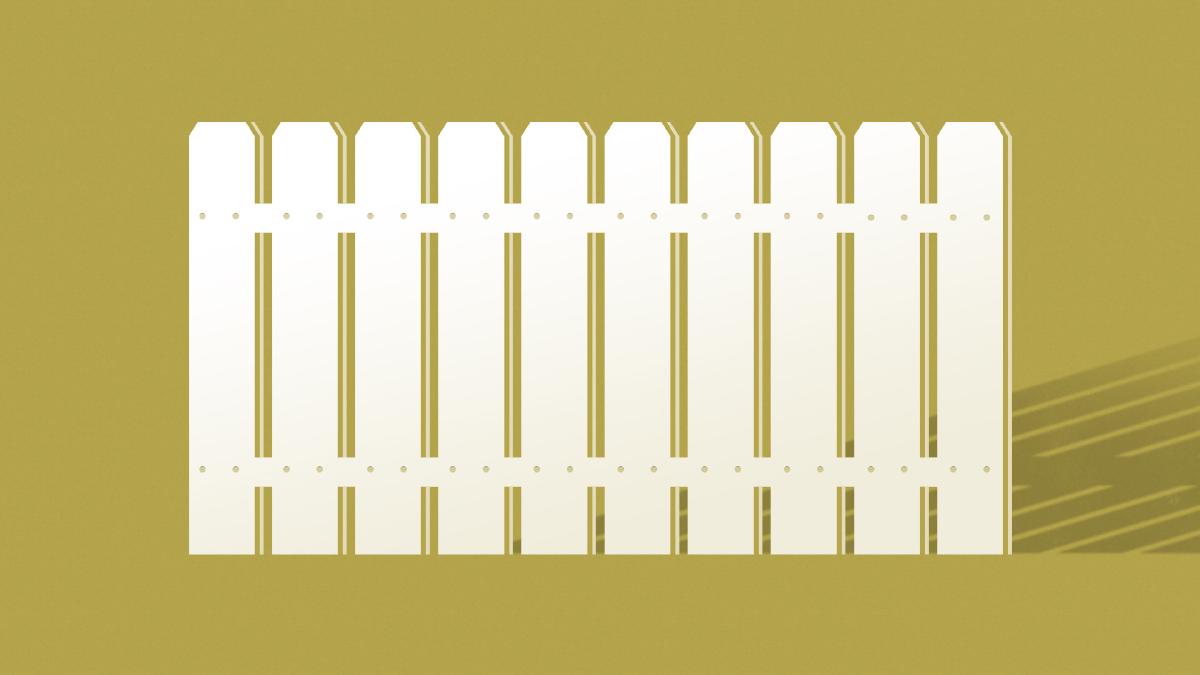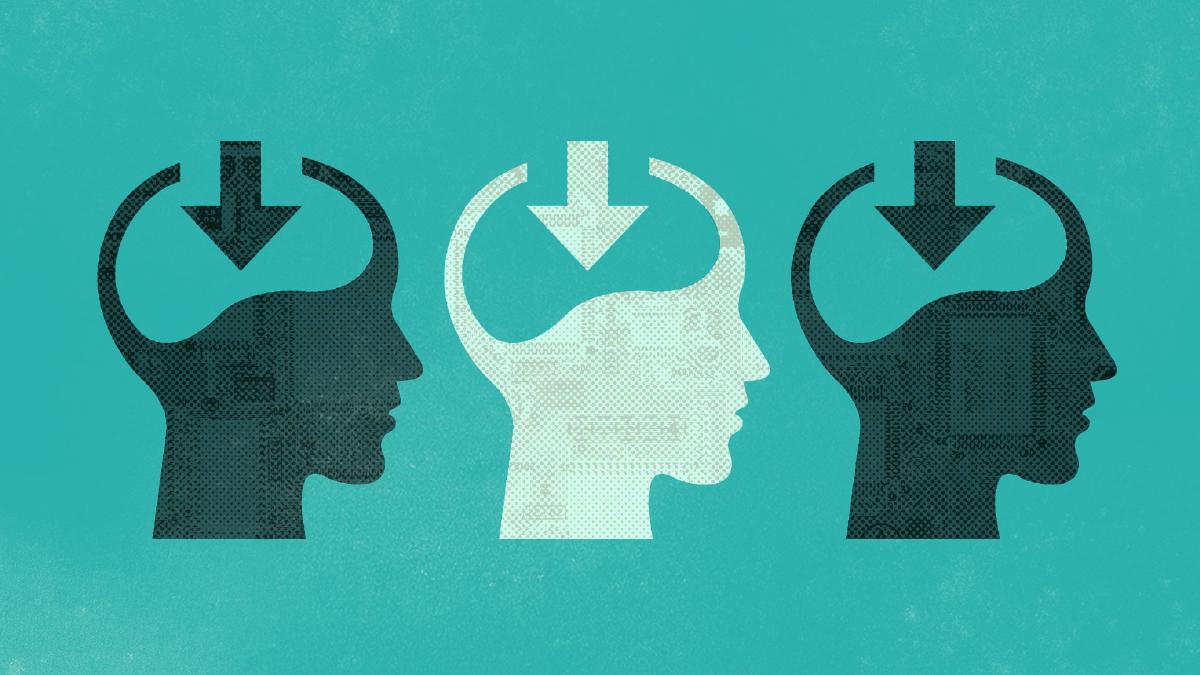Designing the Unseen

It’s quite easy as a designer to become hyper-focused on the details of our work. From the nuances of typography and color pairing, to how content will adapt across various viewports, there are plenty of details to manage and perfect on each project. But how often do we take the time to focus on designing the unseen details? These details are just as important as the ones that people will see, and if done right will differentiate a good product from an exceptional product.
The Unseen
You have to make the back of the fence that people won’t see look just as beautiful as the front, just like a great carpenter would make the back of a chest of drawers … Even though others won’t see it, you will know it’s there, and that will make you more proud of your design.
I love this quote that Steve Jobs attributes to his father because it touches on how important the ‘unseen’ details are. And much like Job’s reference to the ‘back of the fence’, there are many unseen aspects of our work as designers. Let’s take a look at a few and why they are important.
File Organization
File organization can easily be overlooked as laborious and without significant benefit. But contrary to this point of view, meticulous file organization can have a number of benefits. By naming layers, grouping elements and arranging groups in the order in which they appear on the page, you gain a significant amount of efficiency. Not only will it be faster to work in the file, but it will be easier for other designers to jump in and make changes when necessary.
Another notable benefit of keeping your design files neatly organized is pride in the execution of your work. When you take the time to organize your design files, you are ensuring that the aesthetic is carried through. This pride in your work will inevitably show through in the work, and the users of your product will appreciate the attention to detail.
Further Reading:
Design Principles
Defining a set of design principles based on the needs of your users should be one of your first task on any project. Why is this you ask? The answer is simple: because there is an exhausting list of design decisions that must be made on every project, and in order to have a consistent design system that scales, a solid set of principles are key to help guide the decision making process. These principles serve as guiding values in which a designer can leverage for any design decision they encounter.
So what makes for a good design principle? Unlike the subjective things like “how it looks/feels”, a good design principle has a tendency to feel timeless and not anchored in opinion. It must be solid enough to withstand many decisions and still hold up, like for example those found in Google’s Material Design or Apple’s iOS Human Interface Guidelines.
Further Reading:
Collaboration
Everything can benefit from a bit of design, and your design process is no exception. If collaboration isn’t a pillar to your design process, it’s time to reconsider how you work with other members of your team. This is because behind any good product is an effective team that knows how to communicate and involve disciplines in their process.
As a designer, this means bringing the development team into the design process and making them part of the decision making that goes into your work. Developers will help to ensure your interface is consistent with patterns you’ve already established, as well as serve as validation on design features you want to include in the interface. The feedback that developers can provide is invaluable, as they will be seeing your work from a implementation perspective and therefore considering things you might not have thought about during design.
Further Reading:
Performance
The performance of your product is not solely a technical concern for the development team — it is an essential design feature. As such, performance should be identified as a goal early on in project documentation, design should be grounded in performance best practices, developers should have the ability to identify performance concerns early on, and designs should be tested on actual devices in an effort to gauge performance metrics and identify potential bottlenecks. This will give designers the ability to adjust during the design process and address performance concerns before it’s too late.
Further Reading:
Design Systems
Design systems are an essential tool to help teams maintain consistent experiences, but often go unseen outside of those doing the work. That doesn’t mean they are any less important: not only do design systems establish a common language, but they save time and effort when it comes to design, testing and scalability.
Further Reading:
When you take the time to design both the seen and the unseen during a project, you become proud of what you are creating. The attention to detail and improved overall quality will show through in the final product, and this can be achieved by simply addressing these unseen aspects with the same amount of importance as the things that our users will see.

